While shutters were originally designed for functionality, today their role is most often visual, adding an extra layer of character-rich architectural information to a home. When shutters are designed as part of the overall exterior, they play an important role in establishing the correct solid to void relationship on a structure’s façade. As such they are a key element of the overall window ensemble, and a detail that helps pull everything together.
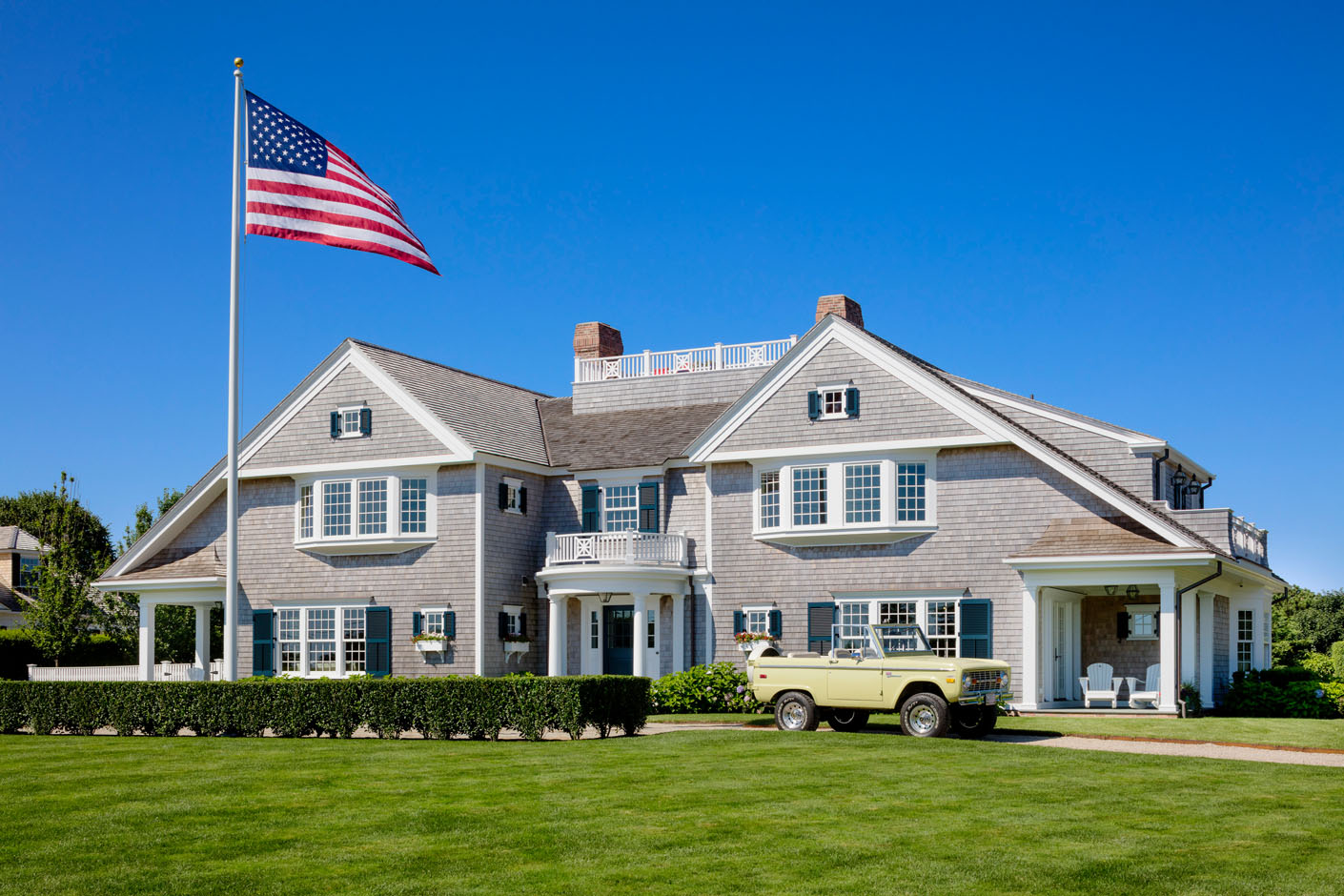
Originally, shutters were designed to control light, provide privacy, and protect the interior from inclement weather. Historians believe shutters were first used in Ancient Greece and were constructed of marble with fixed louvers. The use of shutters continued through history, and over time wood became the material of choice.
Solid paneled shutters were called “shutters” and the louvered shutters we see today with angled horizontal slats were called “blinds.” In the late 1700s, louvered shutters came into use and were particularly favored in warmer climates. Operable with functional hinges, they could easily swing closed to minimize heat while allowing air to circulate into the house. Louvers added another layer of functionality: by pointing downward, they help shed water away from the home during rainstorms.
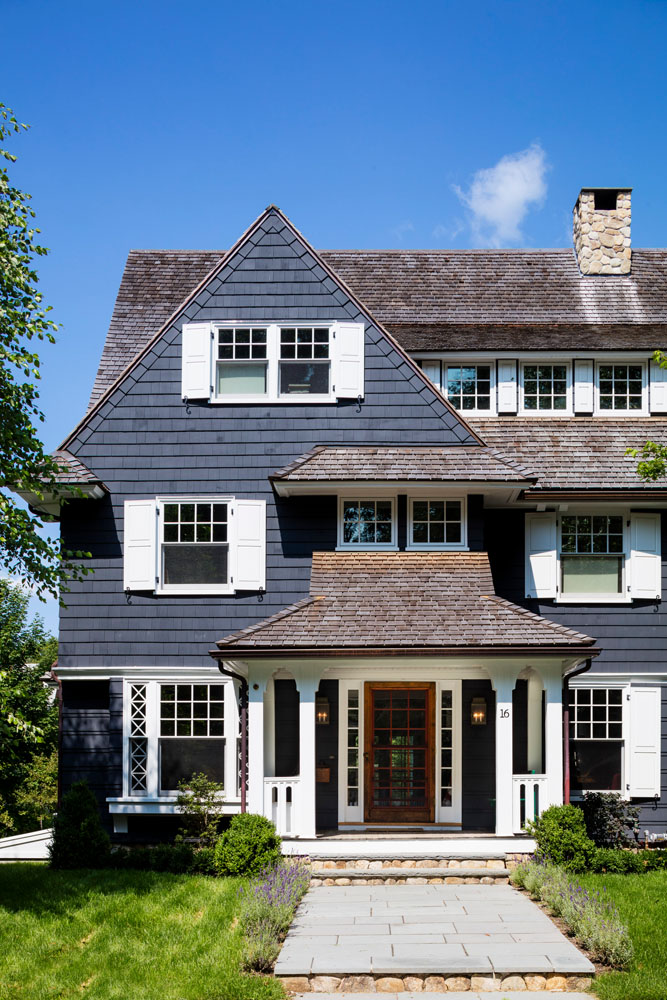
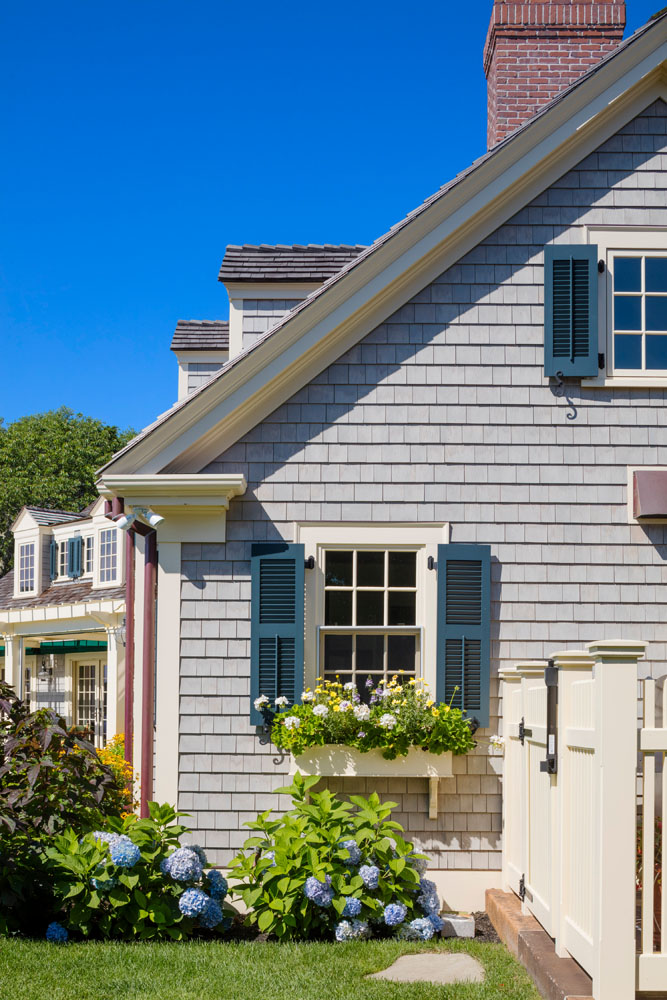
By the early 1800s many windows were fitted with exterior shutters which were typically painted dark green or a shade of green that weathered to a deeper hue. Shutters were opened and closed daily to provide shade or to protect from oncoming storms. When closed, these shutters fully covered the window and were as important then as window screens are today.
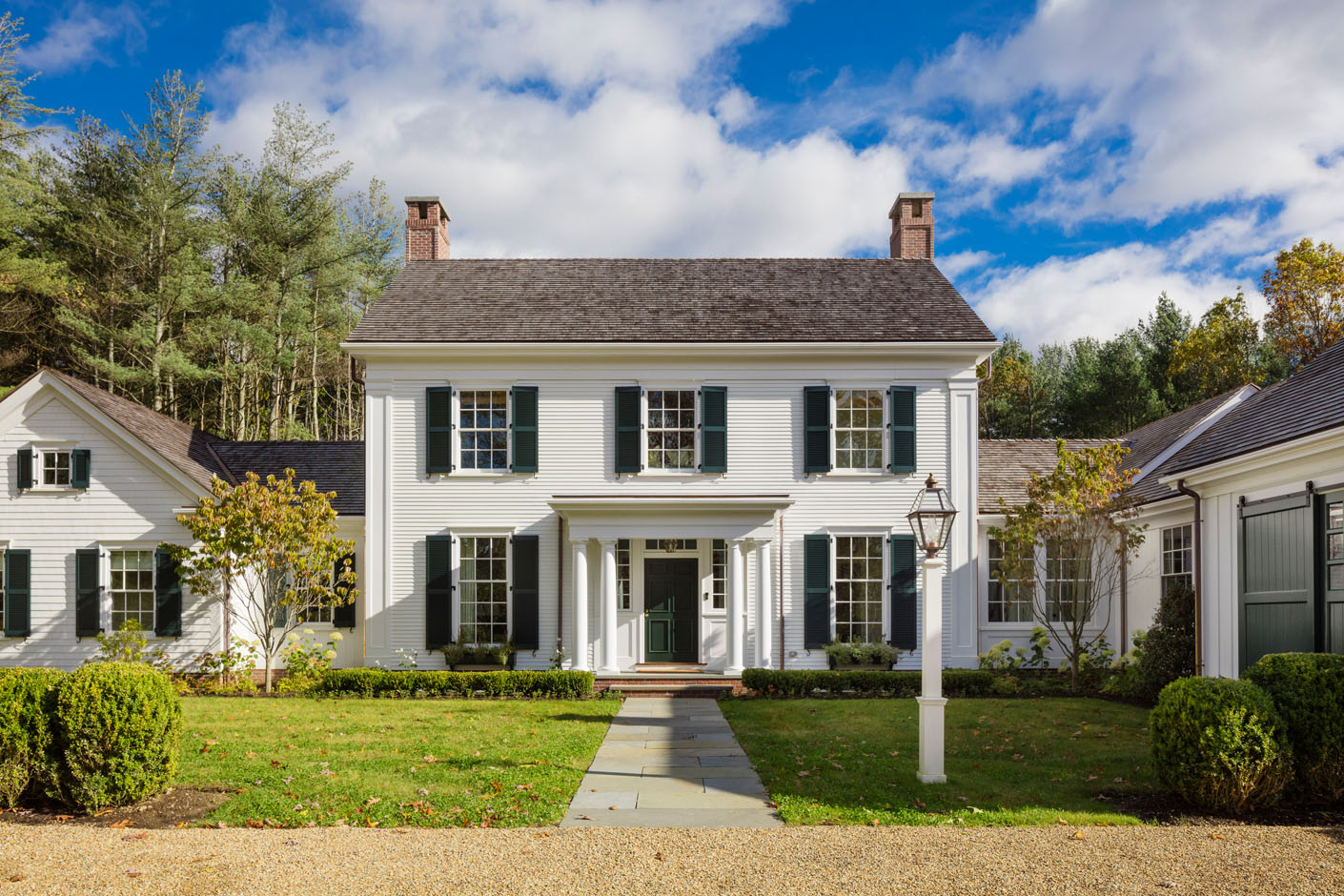
Today, shutters remain a classic fixture in historic homes and are considered an integral part of many window designs. Since shutters are rarely used for their original function, many homes have turned to decorative, inoperable shutters. We strongly believe in using operable shutters for historical accuracy. Based on traditional architecture, we size shutters to fully cover and accept the window opening and match the vertical dimension of the window’s frame.
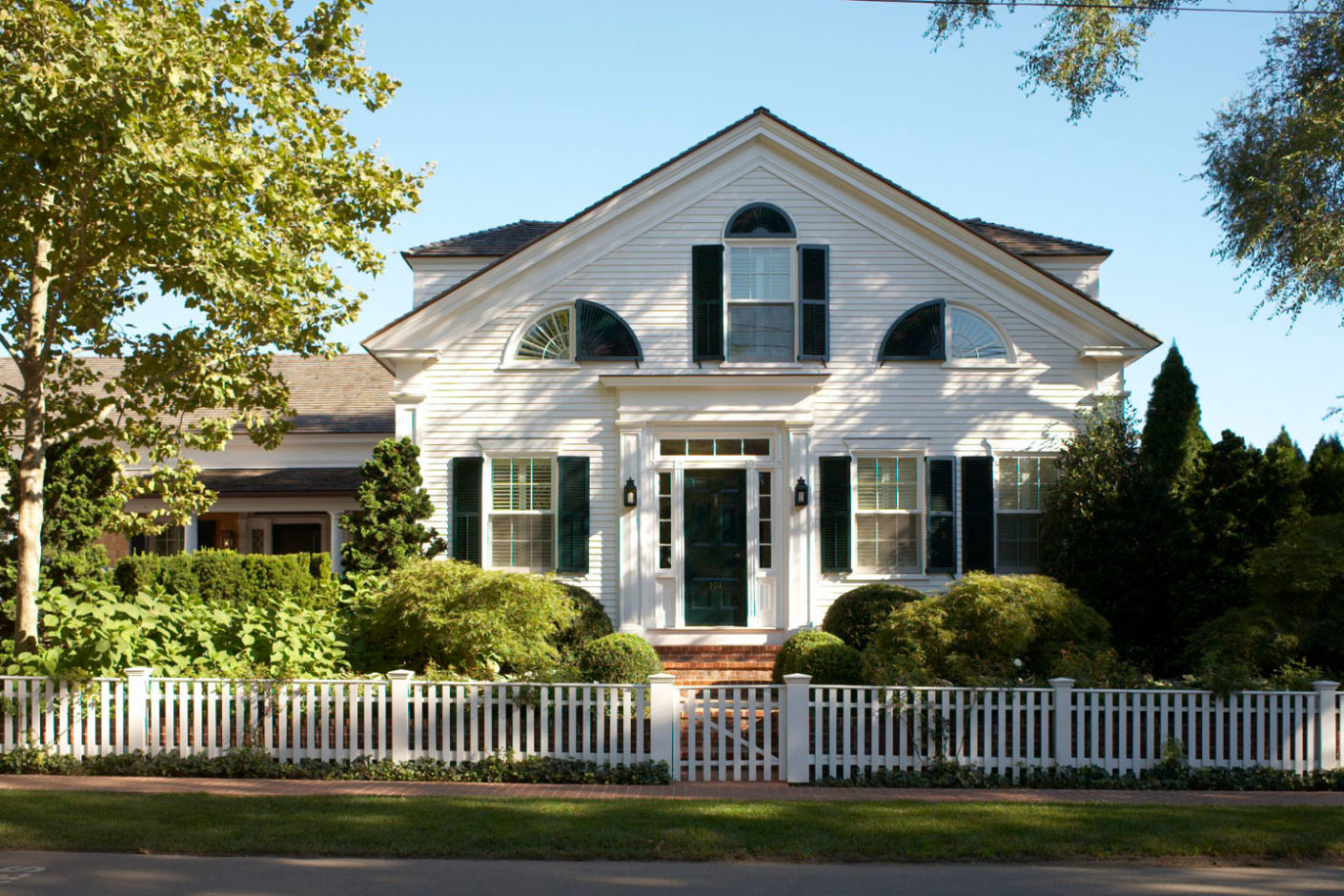
Exterior shutter hardware adds authenticity to operable shutters. As a result, our shutters are specified with proper pins and holdbacks even if the intent is to keep them open indefinitely. We typically use New York style functional hinges and appropriate shutter dog holdbacks on our shutter installations. In addition, we mount the shutters away from the siding which results in visually appealing shadow lines.
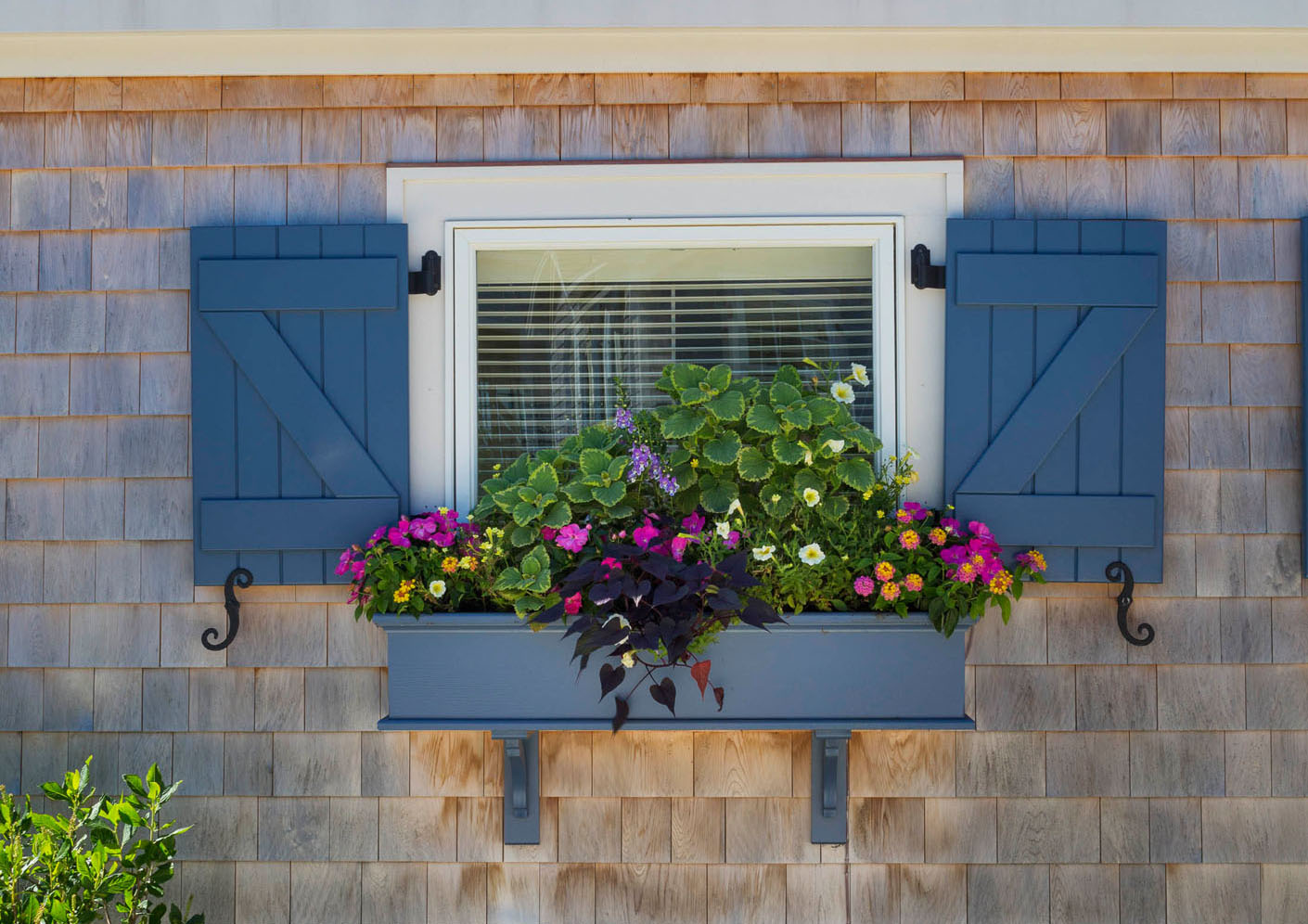
While shutters no longer play their functional role from centuries past, their enduring character is undoubtable. If this discussion of shutters has you reconsidering your own exterior, contact us to learn how we might approach the project. In the interim, we invite you to find meaningful inspiration in our portfolio.
For those contemplating a DIY shutter fix, take care not to end up a #shuddersunday post on social media! The 2021 article We’re doing shutters all wrong is a perennial favorite in our office, and shares some exceptional “don’ts” of shutter etiquette.
Originally posted: July 11, 2019
Revised: November 2, 2023